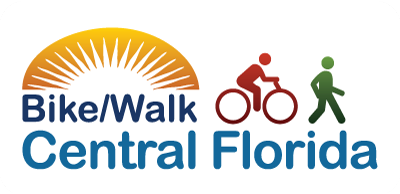The United States saw a nearly 62 percent increase in bicycle commuting between 2000 and 2013. But when it comes to reporting crashes between bikes and motor vehicles, police departments around the country are still using incident forms designed for an earlier era.
A new study suggests these outdated reporting methods, which often don’t account for essential differences between the two modes of transport, represent a crucial lost opportunity. If officers recorded more detailed information about such collisions, says the study’s lead author, Dr. Anne Lusk of the Harvard T.H. Chan School of Public Health, that data could be used to design streets and intersections that would be significantly safer for everyone.
The data could easily be collected, the study suggests, by changing the templates police use to record crashes, which currently have scant accommodation for bikes. The study, just published in the journal Injury Prevention, was paid for by the Japanese auto company Nissan.
“We wanted to find out information that could make cars safer for bicyclists,” says Lusk, who adds that many design modifications now standard in the auto industry, such as roll bars, bigger head rests and smaller rear windows, have protected people inside cars, “but have lessened safety for bicyclists.”
In the study, Lusk and her co-authors, Morteza Asgarzadeh and Maryam Farvid, looked at data from 300 crashes between bicycles and motor vehicles in New York City that resulted in injury or death. They pored over written reports of the collisions, determining what useful information is not currently collected in a way that could be plugged into a database for further analysis.
They then developed a set of variables that could be recorded in the event of a crash.
These include four “bicycle environments” (no bike lane, sharrows, painted bike lane, and cycle track); 18 motor vehicle potential impact points (including opening doors); four bicycle potential impact points; and 10 bicycle-crash-scene patterns. The researchers also suggest recording the type of motor vehicle involved and whether the person on the bike was actually in a bike lane if one was present.
Lusk says that she believes better data collection would lead to the construction of better bicycle infrastructure (her past research has showed that cycle tracks, also known as protected bike lanes, dramatically reduce the risk of bicycle–motor vehicle crashes). Better understanding of the mechanics of crashes involving bicycles might lead to other innovations as well, such as signal lights that would show a bicyclist if a driver or passenger had just disengaged the seatbelt and might be about to open the door.
These kinds of solutions account for a phenomenon Lusk cites in her study: drivers involved in crashes with bikes often say afterward they did not see the bicycle, whereas bicyclists see the car in the overwhelming majority of cases.
“From an evolutionary standpoint we do not want to lay blame,” she says. “Drivers are looking for lions and tigers that may do them harm—they are looking for the other cars. The bicyclist, from an evolutionary standpoint, is looking for the cars, because that’s what can do them harm.”
Lusk says she would like to see police officers recording relevant information about bicycle-related crashes on tablets with dropdown menus that would make data collection seamless. Such tablets, she says, are already being phased into use in several departments around the country.
“We don’t have the hubris to say we have all the answers from doing this research,” says Lusk. “There are a lot of other things that go from where we left off to where this goes into implementation. We would now like the police officers and the states to move forward and start testing this.”
Better data collection would be a good thing for all road users, says Lusk. “Having this data could improve not only the safety of a bicyclist, but we believe that a car driver or a truck driver is emotionally hurt if they hurt or kill a bicyclist,” she says. “So truck and car drivers would benefit from this data collection as well.”


